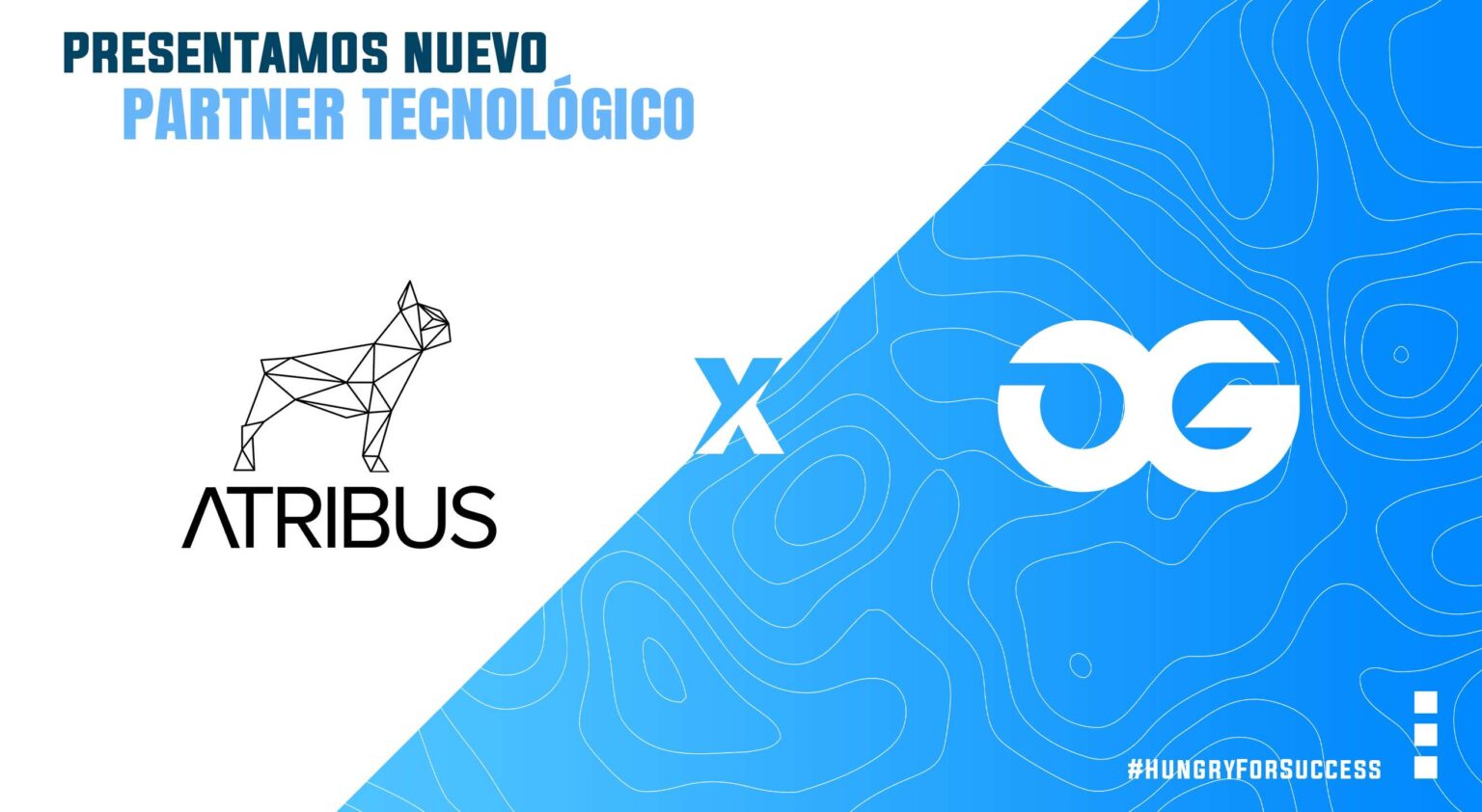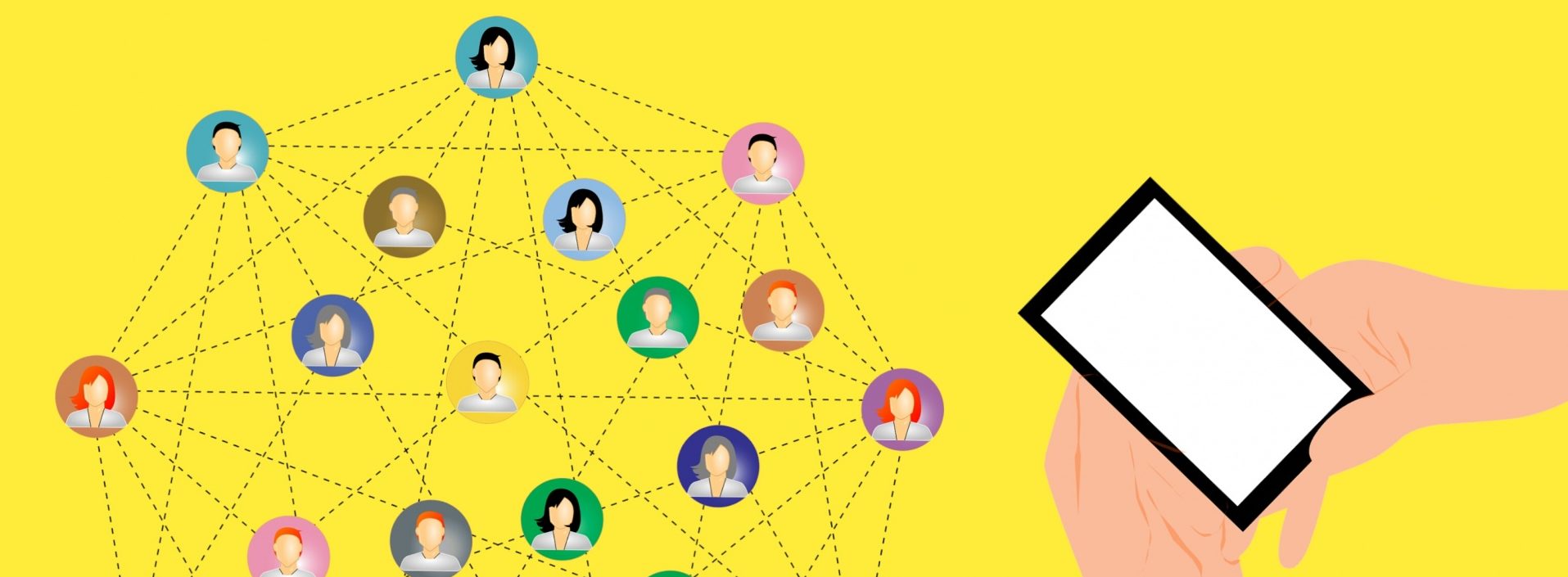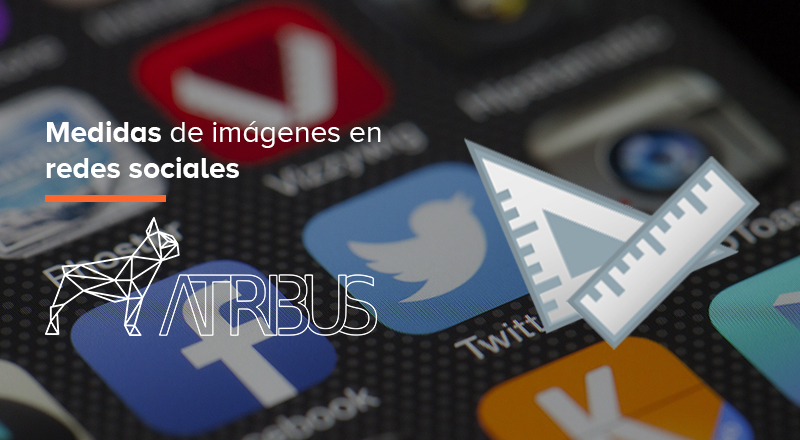Oxygen Gaming, reconocido club de eSports, y Atribus, plataforma de análisis y monitorización de redes sociales, firman un acuerdo de colaboración y patrocinio que marca un hito en la industria de los deportes electrónicos. Este acuerdo, combinará la emoción y el dinamismo de Oxygen Gaming con la precisión analítica y el poder de la inteligencia de datos de Atribus.
La Sinergia Perfecta para el Éxito
Oxygen Gaming, con su reciente título de campeón de Rocket League en Gamergy y su participación en la Superliga Segunda de League of Legends, se ha establecido como una de las organizaciones más prometedoras en el panorama de los eSports. La colaboración con Atribus permitirá a Oxygen Gaming aprovechar el análisis de datos y las estadísticas avanzadas para optimizar su estrategia de comunicación y mejorar la captación de nuevos patrocinadores.
Atribus: La Herramienta que Transforma Datos en Decisiones
Atribus se destaca por su capacidad para recopilar datos de las redes sociales e internet, convirtiéndolos en información estructurada clave para la toma de decisiones. Con esta alianza, Oxygen Gaming podrá acceder a insights valiosos sobre su audiencia, identificar tendencias emergentes y medir el impacto de sus campañas de marketing digital. La plataforma de Atribus es una pieza fundamental en el engranaje que permitirá a Oxygen Gaming escalar posiciones y alcanzar nuevos horizontes en la industria.
Un Futuro Prometedor para Oxygen Gaming
Con el apoyo de Atribus, Oxygen Gaming está listo para llevar su juego y su presencia de marca al siguiente nivel. La integración de la inteligencia artificial y el análisis de datos de Atribus en la estrategia de marketing de Oxygen Gaming promete una revolución en la forma en que el club interactúa con sus fans y atrae a nuevos socios comerciales.
Compromiso con la Innovación y la Excelencia
Este acuerdo es una prueba del compromiso de ambas organizaciones con la innovación y la excelencia. Oxygen Gaming y Atribus están preparados para enfrentar los desafíos del futuro, demostrando que la adaptabilidad y la adopción de tecnologías avanzadas son la clave para el éxito en el vertiginoso mundo de los eSports.





